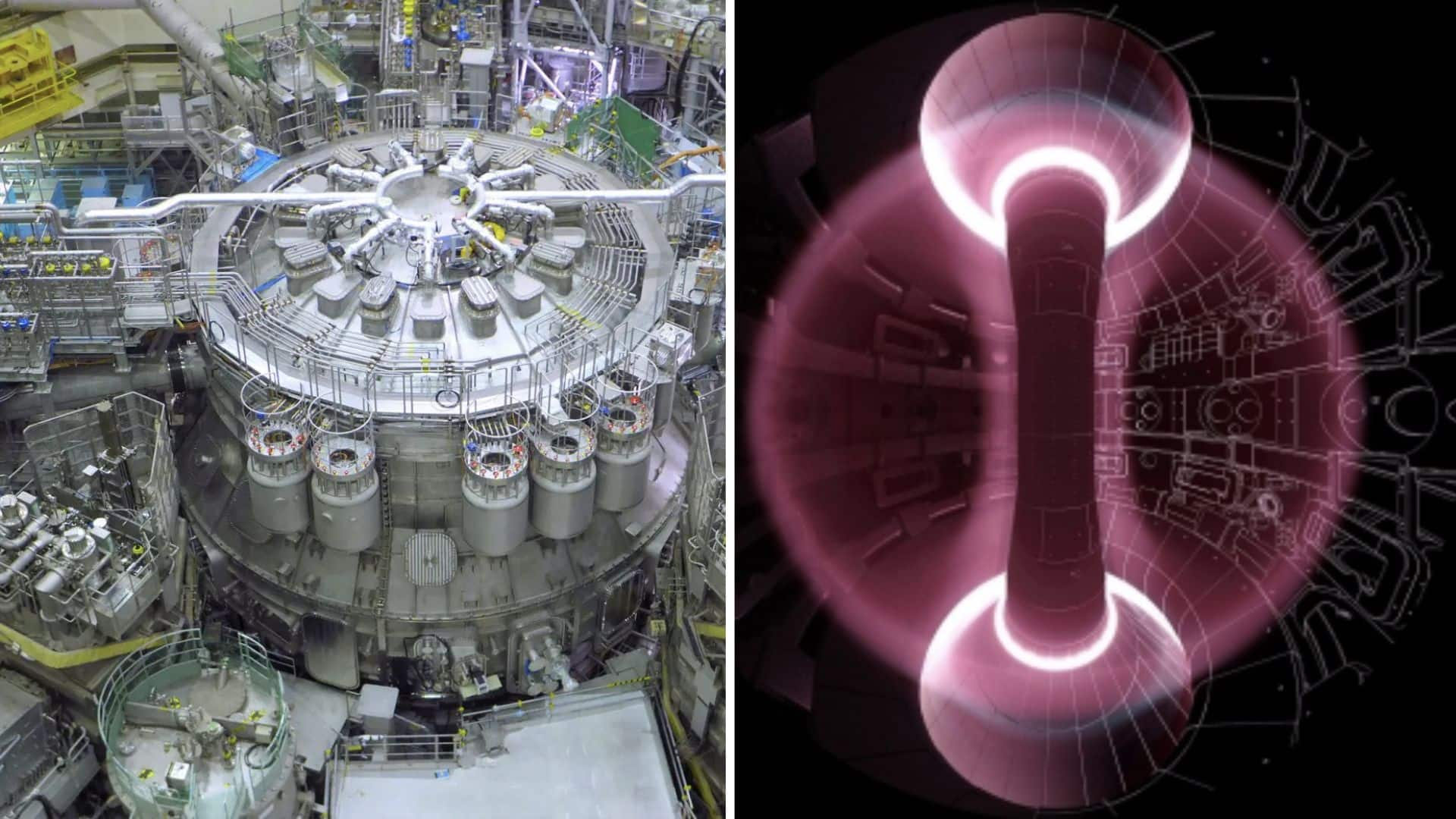
Japanese machine to generate fusion energy sets Guinness World Record
What's the story
The JT-60SA, a tokamak device co-developed by Japan and Europe, has set a world record by achieving a plasma volume of 160 cubic meters. This accomplishment has been officially recognized by Guinness World Records. The JT-60SA is known as the world's largest tokamak, and was designed with the goal of advancing the practical application of fusion energy.
New benchmark
Plasma volume surpasses previous achievements
The experimental results from the JT-60SA were thoroughly analyzed, confirming a plasma volume of 160 cubic meters. This significantly surpasses the previous record of 100 cubic meters set by other devices. The information was shared by Japan's National Institutes for Quantum and Science and Technology (QST). The institute also stated that it plans to utilize the insights gained from this experiment in future ITER and DEMO reactors.
Technological prowess
JT-60SA's unique capabilities and future applications
The JT-60SA employs powerful superconducting coils, cooled to around -452.2 degrees Fahrenheit (absolute temperature of approximately 4K), to confine plasma that can reach temperatures as high as 212 million degrees Fahrenheit. The device's performance in confining plasma is also influenced by the size of the plasma, leading to expectations for top-tier performance in future heating experiments. The methods and results from this experiment could potentially aid in controlling larger plasmas planned for the ITER and DEMO reactors.
Research impact
JT-60SA's role in fusion research and training
The JT-60SA is not just a tool for setting records, but also plays a crucial role in various aspects of fusion research. It provides a platform for Japanese and European students as well as young professionals to gain practical experience in this field. The device's unique capabilities include generating long-pulse, high-beta, and highly shaped plasmas.